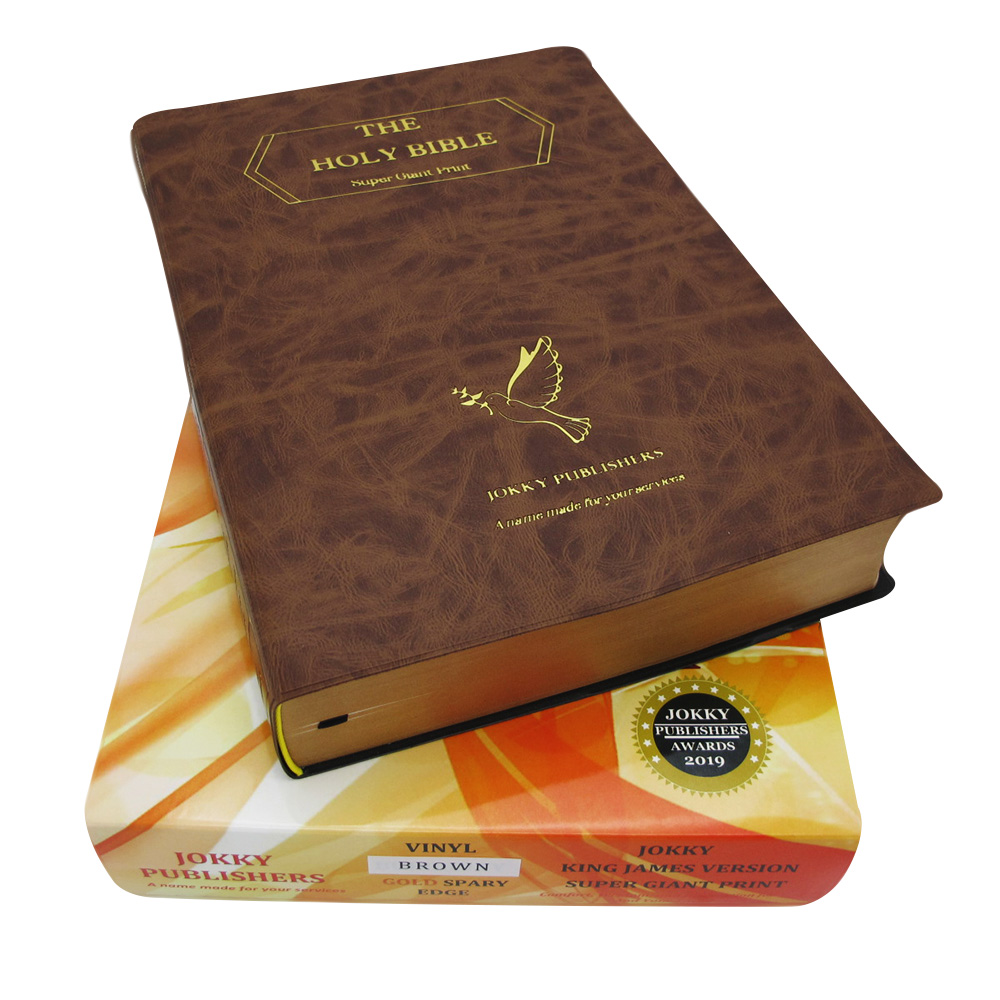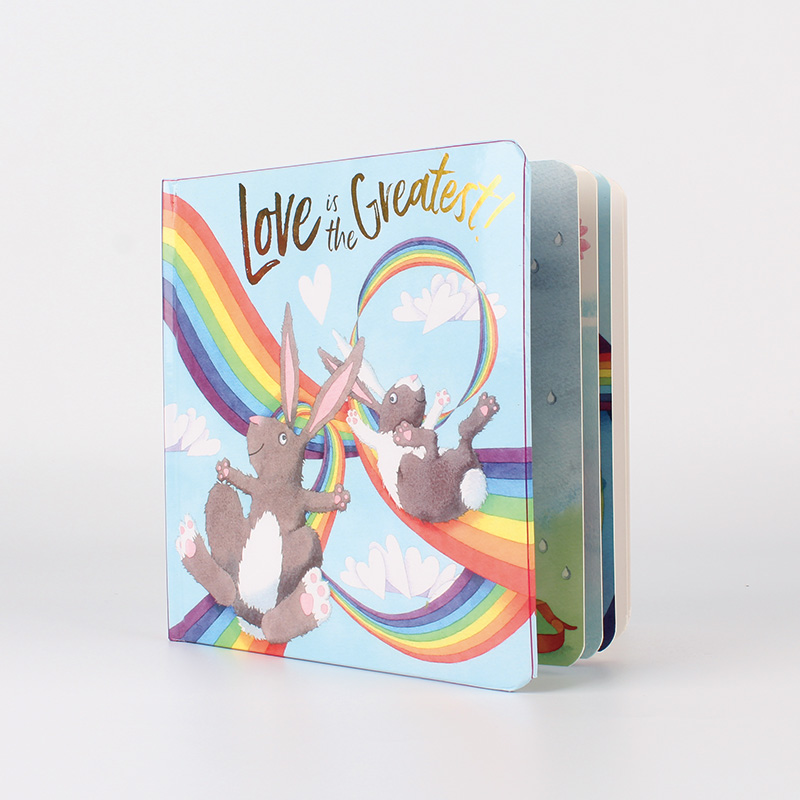What Is Saddle Stitch Binding Used For?
Magazines and brochures are staples in our reading habits, but have you ever considered the binding techniques that hold these materials together? One common method you may have noticed is saddle stitching, a binding style distinct from those used in traditional books and notebooks. At PrintBooks, we specialize in this versatile binding technique, and we are excited to share insights into its process, advantages, and applications.
Table of Contents
Understanding Saddle Stitch Binding
Saddle stitch binding, often referred to as wire stitching, is a time-tested bookbinding method that involves folding paper sheets and securing them along the spine with staples. The name “saddle” comes from the way the folded sheets are positioned, reminiscent of a saddle on a horse. This technique dates back to as early as 365 AD and has evolved to meet modern printing needs.
The Process of Saddle Stitch Binding
The process of saddle stitching starts with gathering the printed pages, which are then folded in half. These folded sheets are stacked together and stapled at the fold line, ensuring they remain securely bound. This binding method is commonly used for magazines, brochures, and booklets, making it a popular choice for a wide range of printed materials.
Preparation: Begin with high-quality printed sheets, ensuring the ink is dry to avoid smudging. Choose paper that suits your project’s needs, considering factors like texture and weight.
Folding: The printed sheets are folded precisely in half. This step is crucial as it creates the spine of the booklet, determining how well the final product will open and lay flat.
Stapling: Using a saddle stitch stapler, the folded sheets are stapled at the spine. Typically, two to four staples are used, depending on the thickness of the booklet.
Trimming: After stapling, the booklet may be trimmed to ensure clean edges, enhancing its overall appearance.
Final Inspection: Quality control checks are performed to ensure that all pages are correctly aligned and securely fastened before packaging.
The Significance of Saddle Stitch Binding
Saddle stitch binding offers a multitude of benefits, making it a preferred choice for many businesses and publishers. Here’s a closer look at why this binding technique is so important:
1. Cost-Effectiveness
Saddle stitch binding is known for its affordability. The straightforward process reduces production costs, making it an excellent choice for projects with tight budgets. You can achieve a high-quality finish without incurring excessive expenses, which is crucial for businesses looking to maximize their return on investment.
2. Quick Turnaround Time
One of the standout features of saddle stitch binding is its rapid production time. The uncomplicated method allows for quick assembly, making it ideal for projects that require a fast turnaround, such as newsletters, flyers, and promotional materials. Businesses can meet tight deadlines while ensuring their printed products maintain a high standard of quality.
3. Flat-Laying Pages
A significant advantage of saddle stitch binding is that the finished product lies flat when opened. This feature greatly enhances user experience, particularly for workbooks, manuals, and presentation materials. Readers can easily access the content without the frustration of pages flipping closed, making it an ideal choice for instructional materials and handouts
4. Page Count Limitations
While saddle stitching is highly versatile, it is best suited for small to medium page counts. Typically, this binding method works well for documents with up to around 80 pages. As page numbers increase, the thickness of the spine can complicate the binding process. However, for projects within this range, saddle stitching remains an efficient and aesthetically pleasing option.
5. Professional Appearance
Despite its simplicity, saddle stitch binding exudes professionalism. The clean look created by the neatly aligned staples gives the final product a polished finish. This appearance is particularly important for business-related materials such as reports, catalogs, and promotional brochures, where first impressions matter.
6. User-Friendly Design
The design of saddle-stitched booklets facilitates easy handling and reading. The pages turn smoothly, making it simple for readers to navigate through the content. This ease of use is crucial for materials where quick access to information is necessary, enhancing the overall reading experience.
7. Customization Options
Saddle stitch binding allows for significant customization. From paper types and finishes to sizes and colors, the options are vast. This flexibility ensures that the final product aligns with specific branding and design requirements, allowing publishers to create distinctive and personalized publications that reflect their unique style.
8. Eco-Friendliness
Another important consideration is the environmental impact of saddle stitch binding. The process generates minimal waste, and it often utilizes recyclable materials, contributing to sustainability efforts. For businesses seeking eco-friendly solutions, saddle stitching aligns with the growing demand for environmentally responsible printing practices.
Applications of Saddle Stitch Binding
Saddle stitch binding is incredibly versatile and can be applied in various contexts:
1. Magazines and Periodicals
Saddle stitching is a go-to method for magazines and periodicals due to its ability to handle multiple pages while remaining cost-effective. The flat-laying design allows for easy reading and browsing, essential for keeping readers engaged.
2. Marketing Materials
Brochures and marketing booklets benefit from saddle stitch binding as it provides a professional look without high production costs. This method allows for colorful designs and high-quality prints, making promotional materials visually appealing.
3. Educational Resources
Workbooks and instructional manuals frequently utilize saddle stitch binding. The ability to lay flat makes it easier for users to follow along during lessons or training sessions, enhancing learning experiences.
4. Event Programs
Saddle-stitched booklets are commonly used for event programs, such as conferences or weddings. Their lightweight nature and professional appearance make them ideal for distributing information to attendees.
5. Catalogs
Product catalogs often employ saddle stitch binding to showcase items effectively. The clean, organized layout allows for clear presentation, ensuring that potential customers can easily browse offerings.
Why Choose PrintBooks for Saddle Stitch Booklets?
At PrintBooks, we pride ourselves on our expertise in saddle stitch binding. Here are several compelling reasons to choose us for your next project:
1. High-Quality Results
Our team is dedicated to producing high-quality saddle-stitched booklets that meet the highest standards. With a keen eye for detail, we ensure that each booklet is crafted to perfection, providing a professional finish that you can be proud of.
2. Fast Turnaround and Cost-Effectiveness
We understand the importance of time and budget in the printing industry. Our efficient processes allow us to deliver your projects promptly without sacrificing quality. This makes us an ideal partner for businesses that require reliable printing solutions.
3. Extensive Customization
Our commitment to customization means you can choose from a wide array of paper types, finishes, and sizes to suit your specific needs. Whether you’re looking for a sleek, modern look or a more traditional feel, we can help you achieve your desired aesthetic.
4. Environmentally Conscious Practices
At PrintBooks, we are committed to sustainability. Our saddle stitch binding process is designed to minimize waste and utilize recyclable materials whenever possible. By choosing us, you can align your printing needs with eco-friendly practices.
5. Expert Consultation
Our team of experts is available to consult with you on the best practices for saddle stitch binding. Whether you need advice on paper selection, design considerations, or binding options, we are here to guide you through the process.
Comparing Saddle Stitch Binding to Other Binding Methods
When considering binding options, it’s essential to understand how saddle stitch binding compares to other popular techniques. Here’s a brief overview:
1. Perfect Binding
Perfect binding, which involves gluing the spine of the book, is suitable for thicker publications, typically over 80 pages. While it provides a more polished look for larger volumes, the production time and cost are generally higher than saddle stitching.
2. Spiral Binding
Spiral binding uses a plastic or metal coil, allowing pages to turn easily and lay flat. However, it is often perceived as less formal than saddle stitching and is best suited for documents that require flexibility, such as notebooks and manuals.
3. Case Binding
Case binding, also known as hardcover binding, is the most durable but also the most expensive option. This method is ideal for high-end publications, such as novels or textbooks that require long-lasting durability.
Understanding these differences will help you select the most appropriate binding method for your project’s specific needs and goals.
Conclusion
Saddle stitch binding is an effective and aesthetically pleasing choice for a variety of printed materials. With its cost-effectiveness, quick turnaround, flat-laying pages, and professional appearance, this binding technique is ideal for magazines, brochures, and booklets. At PrintBooks, we are dedicated to providing exceptional saddle stitch binding services that meet the unique needs of our clients.
FAQs
Q1. What types of materials can be produced using saddle stitch binding?
Saddle stitch binding is suitable for a wide range of materials, including magazines, brochures, newsletters, booklets, and catalogs. This binding method is particularly effective for projects that require a clean and professional appearance.
Q2. How many pages can a saddle-stitched booklet typically have?
While saddle stitch binding works best for small to medium page counts, it is typically effective for booklets with up to around 80 pages. For thicker documents, alternative binding methods may be recommended to ensure durability and aesthetic appeal.
Absolutely! At PrintBooks, we offer extensive customization options for saddle-stitched booklets. You can choose from various paper types, finishes, sizes, and colors to create a product that aligns with your branding and design preferences.
Book Printing
New Products
Last Blog

How Much Does It Cost to Print a Hardcover Book?
When considering the cost of printing a hardcover book, many authors and publishers are faced with the challenge of balancing quality with affordability.
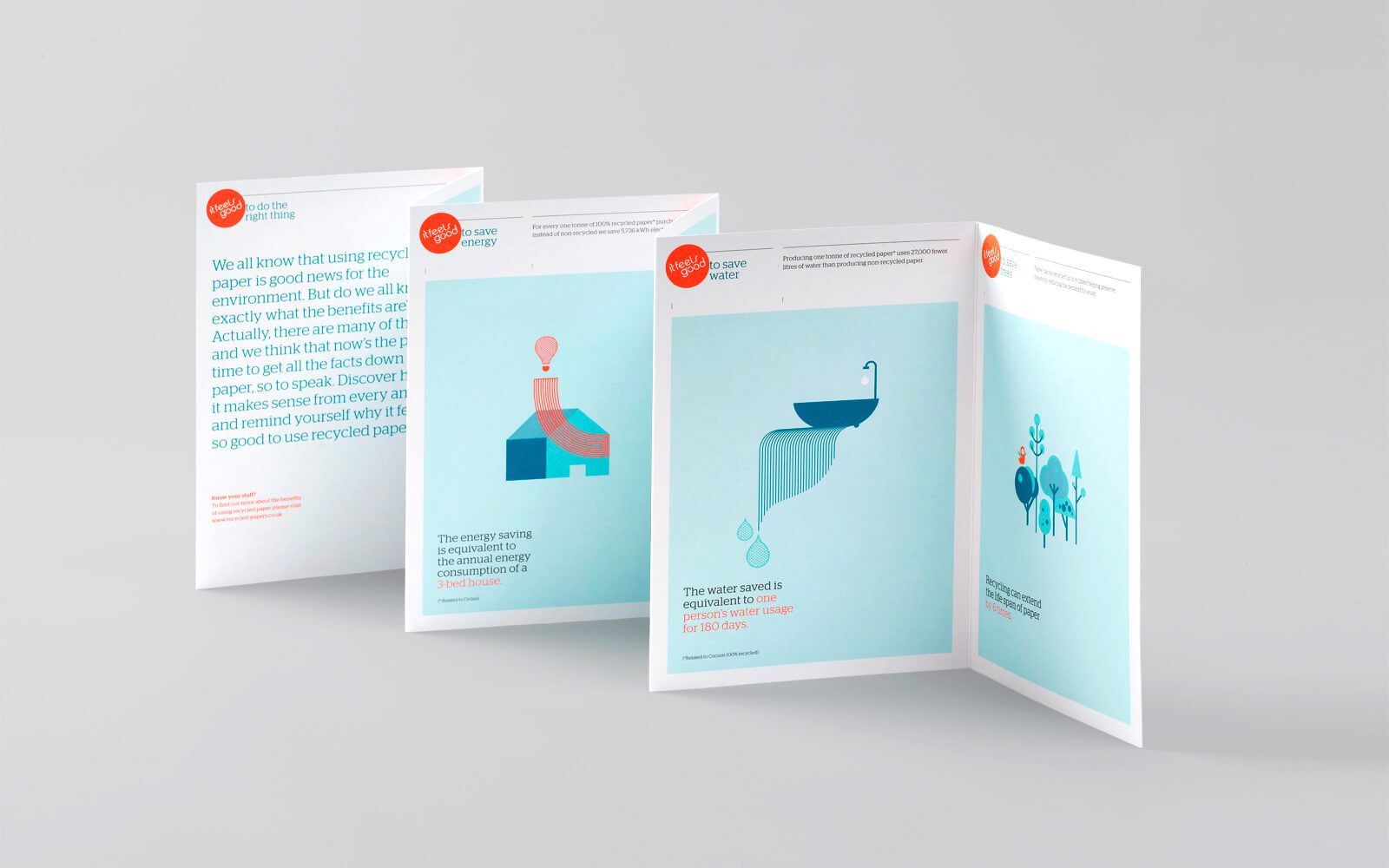
Cheapest Way To Print A Booklet In CHINA
Booklet printing serves as a versatile tool for delivering your message effectively, whether you’re promoting a product, encouraging volunteers,
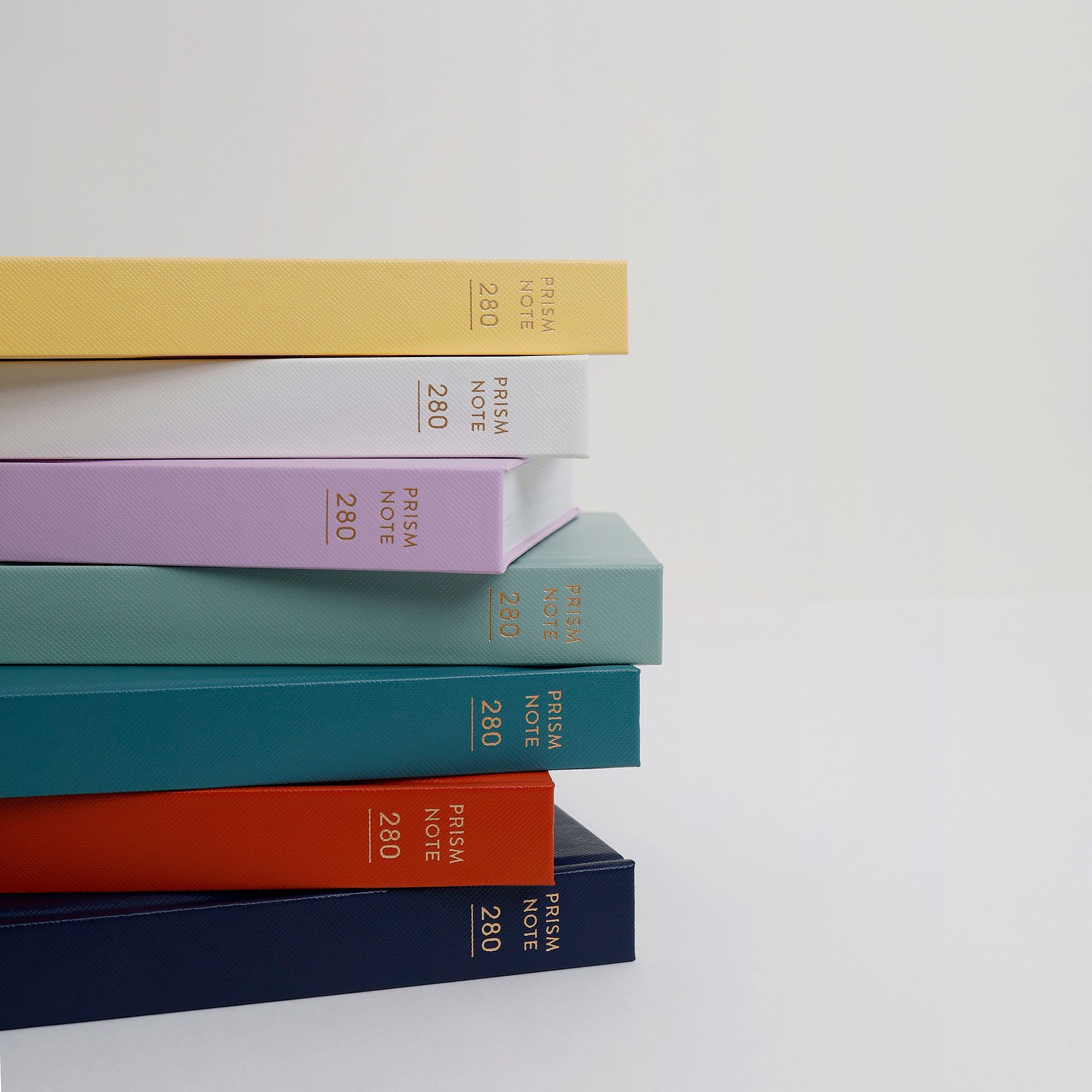
The Benefits of Professional Book Printing Services
If you’re diving into self-publishing, one of your primary concerns will be finding economical options for book printing
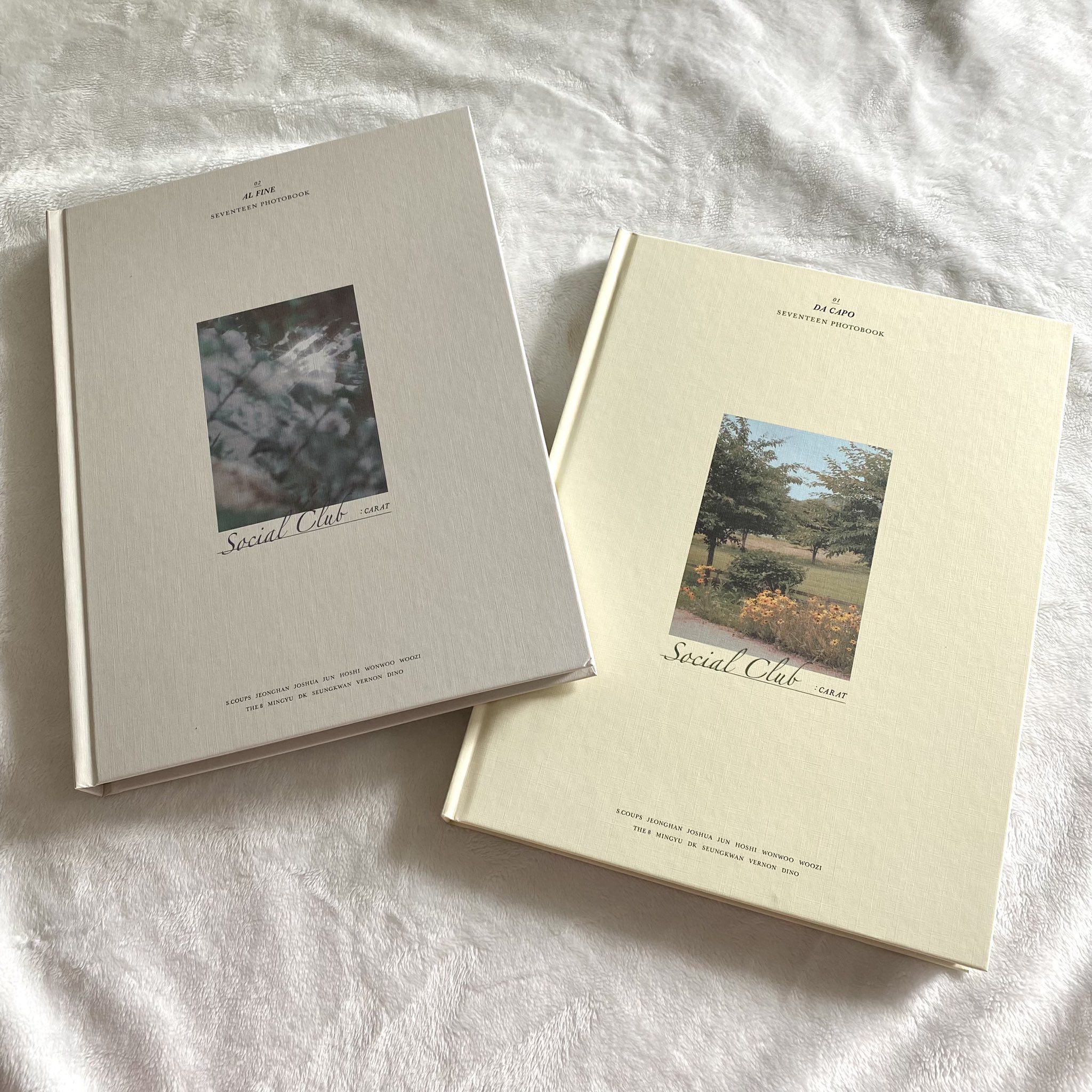
How can the cost of printing books be reduced?
In recent years, the cost of book printing has seen a significant reduction, thanks to advancements in printing technologies and more efficient production methods.
Contact Us
- +86 13946584521
- info@booksprinting.net
- 8:00 - 22:00 (Mon - Sun)
Comments
Related Blog
Find the newest trends and common knowledge in book printing business.
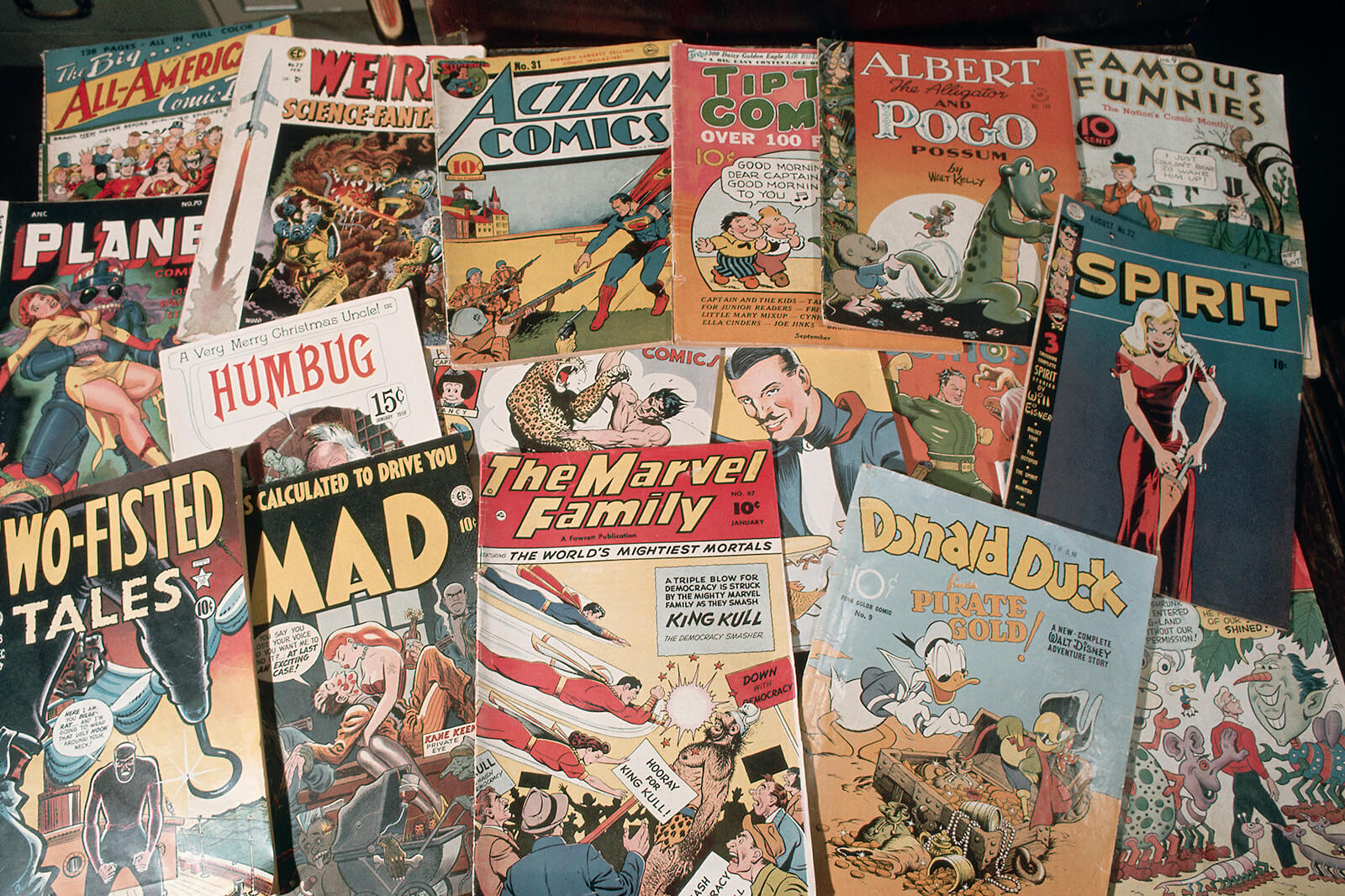
How Much Does It Cost To Print A Comic Book
Creating a comic book is not just a project; it’s a passion that combines storytelling, artistry, and entrepreneurial spirit. For many artists and writers,
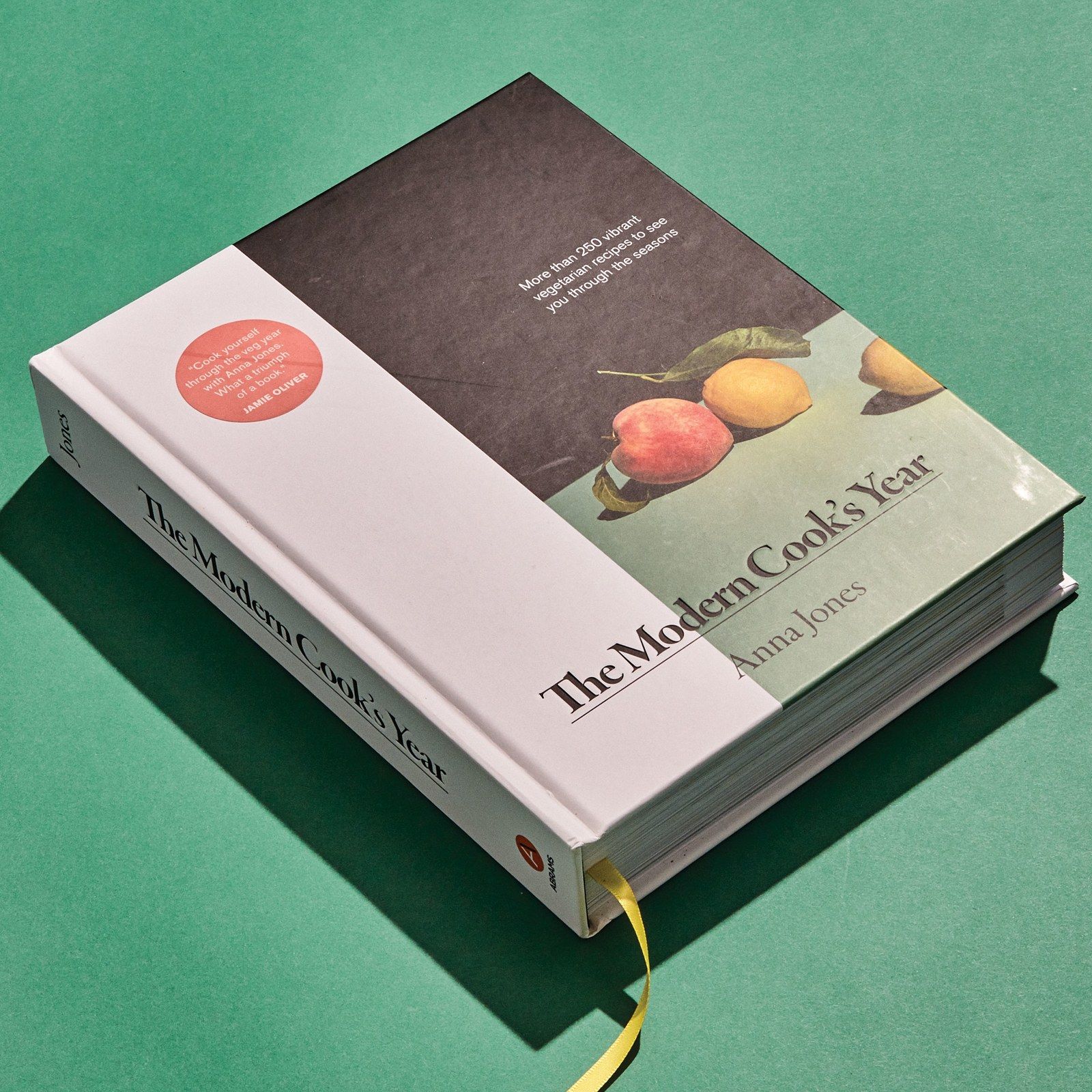
How much does bookbinding cost?
Bookbinding is an essential part of the book production process. Whether you’re printing a limited edition of a novel, preparing a custom workbook, or creating a special keepsake,
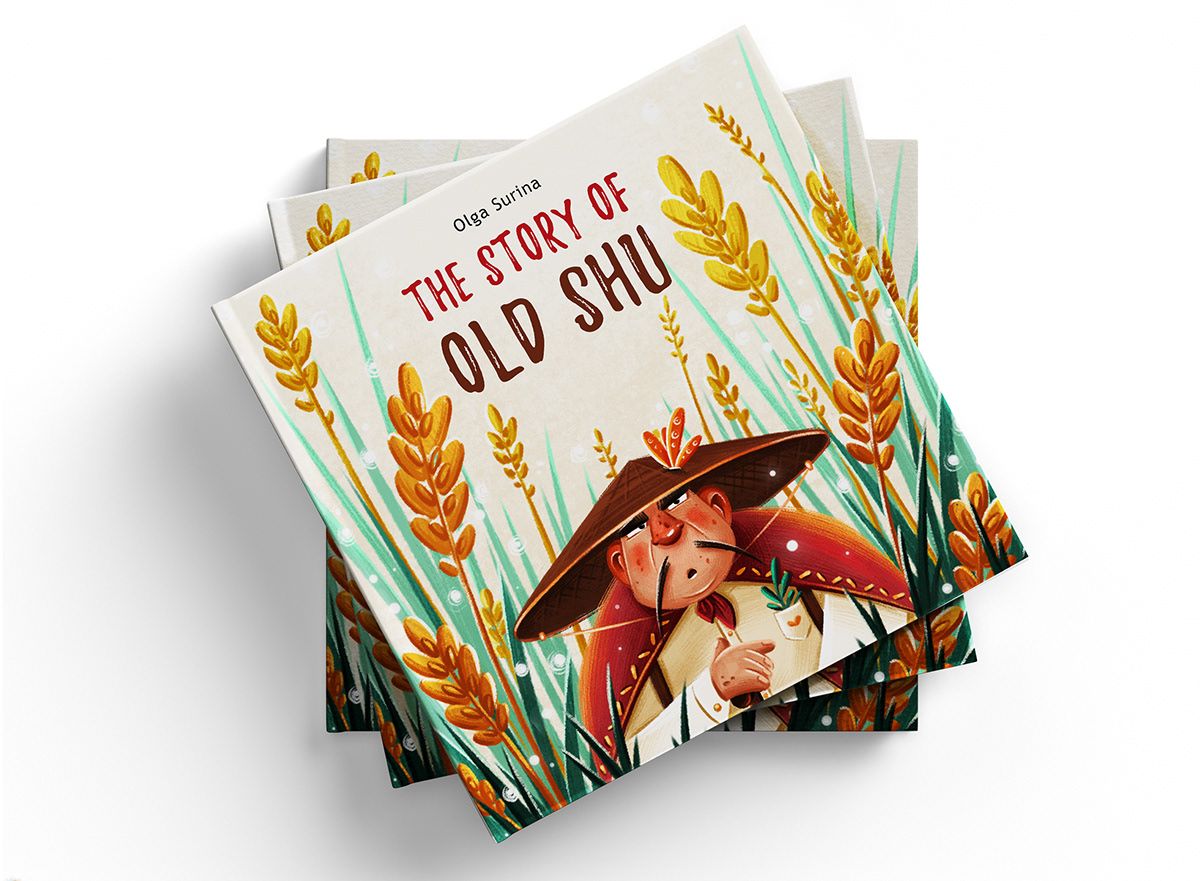
How much does it cost to print a children’s book?
Publishing a children’s book is an exciting journey that allows authors to share stories, foster imagination, and educate young minds. However,

Why are some hardcover editions much cheaper than the paperback editions
The pricing of books has always been a complex and sometimes puzzling subject for readers. While hardcover books are traditionally considered more expensive due to their sturdy materials and higher production costs



